Home>Furniture & Design>Bathroom Accessories>Why Does Toilet Bowl Turn Brown
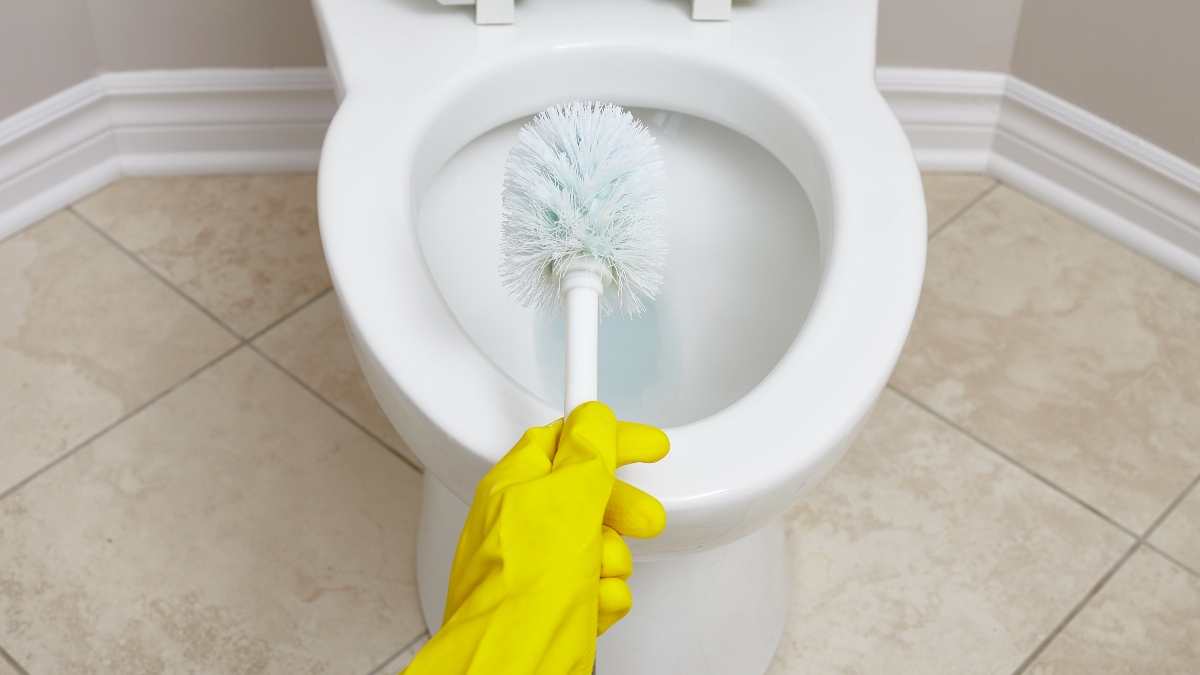

Bathroom Accessories
Why Does Toilet Bowl Turn Brown
Published: February 14, 2024
Discover the reasons behind your toilet bowl turning brown and learn how to prevent it with the right bathroom accessories. Keep your bathroom clean and fresh!
(Many of the links in this article redirect to a specific reviewed product. Your purchase of these products through affiliate links helps to generate commission for Storables.com, at no extra cost. Learn more)
Introduction
Have you ever wondered why your pristine white toilet bowl gradually turns an unsightly shade of brown? It's a common issue that many homeowners face, and understanding the causes behind this phenomenon is the first step toward effectively addressing it. A brown toilet bowl can be unappealing and may give the impression of poor hygiene, even if the rest of the bathroom is spotless. However, fear not, as there are practical solutions to restore your toilet bowl to its original gleaming state.
In this comprehensive guide, we will delve into the various factors that contribute to a brown toilet bowl, from mineral deposits to bacterial growth. By gaining insight into these causes, you'll be better equipped to take proactive measures to prevent and address this issue. Additionally, we'll explore the best practices for maintaining a clean and hygienic toilet bowl, ensuring that you can bid farewell to the persistent problem of discoloration.
So, if you've ever found yourself pondering the perplexing question of why your toilet bowl turns brown, join us on this enlightening journey as we uncover the mysteries behind this common household occurrence. With a deeper understanding of the underlying causes and effective maintenance strategies, you'll be well on your way to maintaining a sparkling, pristine toilet bowl that enhances the overall cleanliness and appeal of your bathroom.
Key Takeaways:
- Say goodbye to brown toilet bowls! Hard water, bacterial growth, and old components can cause discoloration. Regular cleaning, water softening, and maintenance are key to keeping your toilet bowl pristine.
- Keep your toilet bowl sparkling! Prevent brown stains with regular cleaning, water softening, and non-abrasive products. Check for leaks and maintain toilet components to maintain a clean and hygienic bathroom.
Read more: Why Does The Toilet Bowl Turn Pink
Causes of Brown Toilet Bowl
The unsightly brown discoloration of a toilet bowl can stem from various factors, ranging from mineral buildup to bacterial growth. Understanding these causes is crucial in effectively addressing and preventing this common issue.
-
Hard Water: One of the primary culprits behind a brown toilet bowl is hard water. This occurs when water with high mineral content, particularly iron and manganese, flows through the plumbing system and into the toilet bowl. Over time, these minerals can accumulate, leading to the formation of stubborn brown stains.
-
Bacterial Growth: The presence of bacteria in the toilet bowl can also contribute to discoloration. Bacteria thrive in moist environments, and the interior of a toilet bowl provides an ideal breeding ground. As bacteria multiply, they can produce pigments that manifest as brown stains, detracting from the bowl's cleanliness.
-
Rust and Corrosion: In some cases, rusty or corroded metal components within the toilet's internal mechanisms can leach into the water, causing brown discoloration. This can occur when metal parts, such as the flapper or fill valve, deteriorate over time due to exposure to water and air.
-
Residue from Cleaning Products: Certain cleaning products, especially those containing harsh chemicals or dyes, can leave behind residue that contributes to brown staining. Over time, these residues can accumulate and discolor the toilet bowl, particularly if the bowl is not thoroughly rinsed after cleaning.
-
Old Toilet Components: Aging toilet components, such as deteriorating rubber seals or flappers, can degrade and release particles that contribute to brown discoloration. Additionally, worn-out wax rings or deteriorating gaskets can allow water to seep out, leading to staining around the base of the toilet.
Understanding these causes is essential for implementing targeted solutions to address brown discoloration in the toilet bowl. By identifying the specific factors at play, homeowners can take proactive measures to prevent and mitigate these issues, ensuring a clean and pristine toilet bowl.
In the next section, we will explore effective prevention and maintenance strategies to combat the causes of brown toilet bowl discoloration, empowering homeowners to maintain a hygienic and visually appealing bathroom environment.
Prevention and Maintenance
Preventing and addressing brown discoloration in a toilet bowl requires a proactive approach that encompasses regular maintenance and targeted preventive measures. By implementing the following strategies, homeowners can effectively combat the underlying causes of discoloration, ensuring a clean and hygienic toilet bowl.
Regular Cleaning
Consistent and thorough cleaning is paramount in preventing and addressing brown stains in the toilet bowl. Using a high-quality toilet bowl cleaner with proven stain-fighting properties can help break down mineral deposits and bacterial residue. It's essential to follow the manufacturer's instructions and allow the cleaner to sit for the recommended duration to achieve optimal results. Additionally, using a toilet brush with durable bristles can aid in removing stubborn stains, restoring the bowl's pristine appearance.
Water Softening
Installing a water softening system can significantly reduce the mineral content in the water, effectively addressing the primary cause of brown discoloration. By minimizing the presence of minerals such as iron and manganese, water softeners help prevent the accumulation of stubborn stains in the toilet bowl, as well as in other fixtures throughout the home.
Read more: Why Are Mums Turning Brown
Routine Maintenance of Toilet Components
Regular inspection and maintenance of toilet components, including the flapper, fill valve, and seals, are essential in preventing brown discoloration caused by deteriorating or corroded parts. Ensuring that these components are in good condition and free from rust or degradation can mitigate the risk of metal leaching into the water and causing staining.
Use of Non-Abrasive Cleaning Products
Opting for non-abrasive and non-corrosive cleaning products can help prevent the buildup of residue that contributes to brown stains. Environmentally friendly and gentle cleaning solutions are effective in maintaining the cleanliness of the toilet bowl without leaving behind harsh chemical residues that can lead to discoloration over time.
Regular Inspection for Leaks
Periodically checking for leaks in the toilet's plumbing and ensuring that all seals and gaskets are intact can prevent water seepage that may lead to staining around the base of the toilet. Addressing leaks promptly can help maintain the overall cleanliness and appearance of the toilet bowl and its surroundings.
By incorporating these preventive measures and maintenance practices into their household routines, homeowners can effectively combat the causes of brown toilet bowl discoloration, ensuring a clean, hygienic, and visually appealing bathroom environment.
Remember, a proactive approach to prevention and maintenance is key to maintaining a pristine toilet bowl and a welcoming bathroom space.
Conclusion
In conclusion, the perplexing phenomenon of a brown toilet bowl can be attributed to a range of factors, including mineral buildup, bacterial growth, rust, and residue from cleaning products. Understanding these underlying causes is pivotal in effectively addressing and preventing this common issue. By gaining insight into the contributing factors, homeowners can implement targeted strategies to maintain a clean and pristine toilet bowl.
The prevention and maintenance strategies outlined in this guide offer practical and proactive approaches to combatting brown discoloration. Regular cleaning using high-quality toilet bowl cleaners, water softening to reduce mineral content, and routine maintenance of toilet components are essential practices for preventing and addressing brown stains. Additionally, opting for non-abrasive cleaning products and conducting regular inspections for leaks can contribute to maintaining a hygienic and visually appealing toilet bowl.
By incorporating these strategies into their household routines, homeowners can bid farewell to the persistent problem of brown toilet bowl discoloration. A clean and pristine toilet bowl not only enhances the overall cleanliness and appeal of the bathroom but also contributes to a welcoming and hygienic home environment.
In essence, the quest for a gleaming white toilet bowl is not an insurmountable challenge. With a deeper understanding of the causes and effective maintenance strategies, homeowners can take proactive measures to ensure that their toilet bowls remain a shining symbol of cleanliness and hygiene. By embracing these preventive measures and maintenance practices, individuals can enjoy the satisfaction of a spotless and inviting bathroom space, free from the unsightly specter of brown discoloration.
So, armed with the knowledge and strategies presented in this guide, homeowners can embark on a journey toward maintaining a toilet bowl that exudes cleanliness and freshness, elevating the overall ambiance of their living spaces. With a proactive approach to prevention and maintenance, the elusive dream of a perpetually pristine toilet bowl can become a delightful reality.
Frequently Asked Questions about Why Does Toilet Bowl Turn Brown
Was this page helpful?
At Storables.com, we guarantee accurate and reliable information. Our content, validated by Expert Board Contributors, is crafted following stringent Editorial Policies. We're committed to providing you with well-researched, expert-backed insights for all your informational needs.
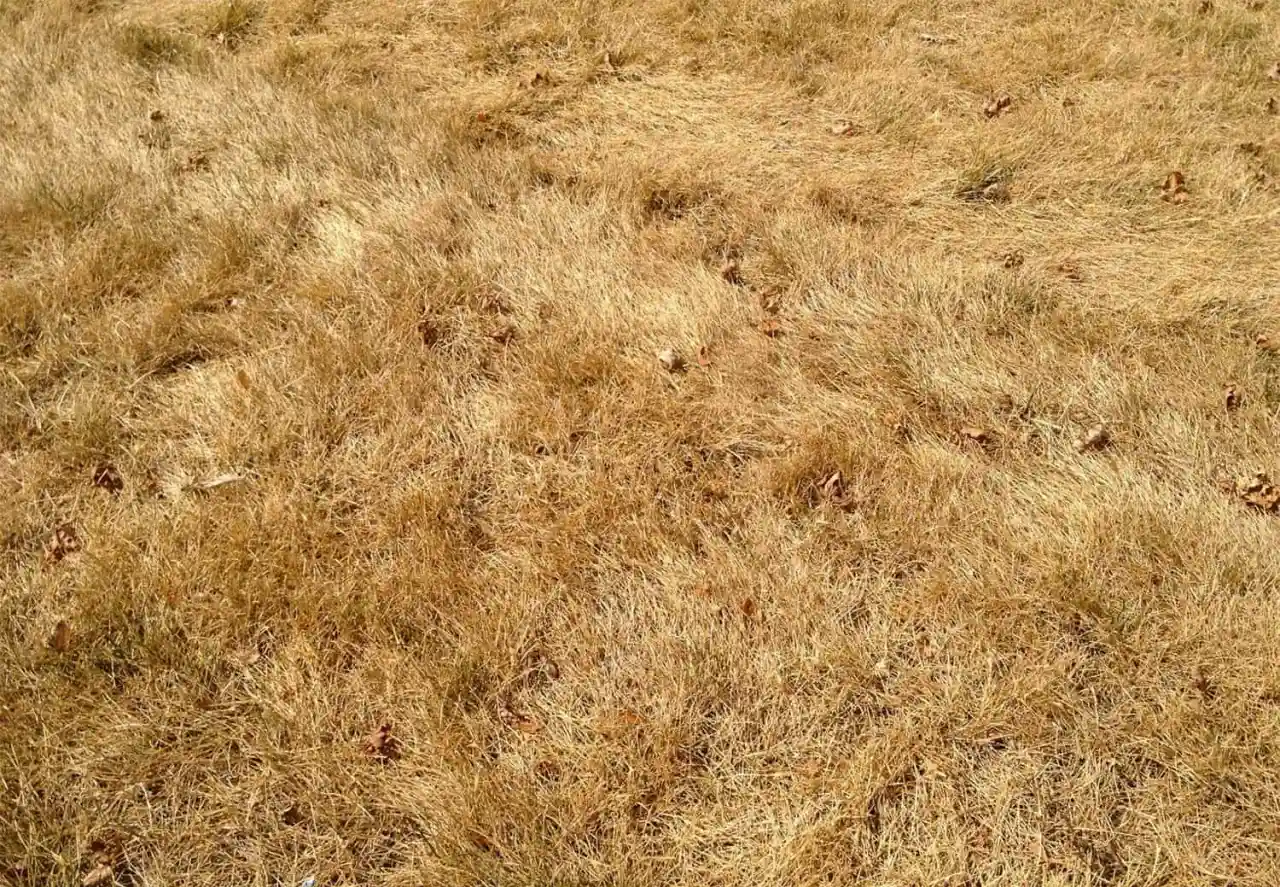
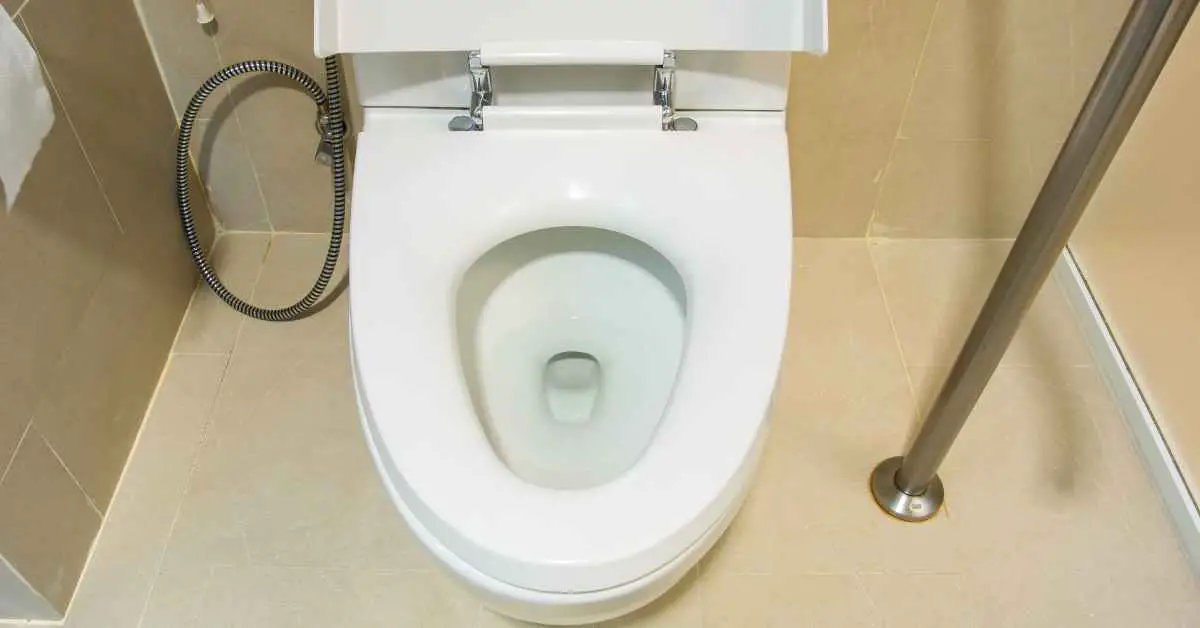
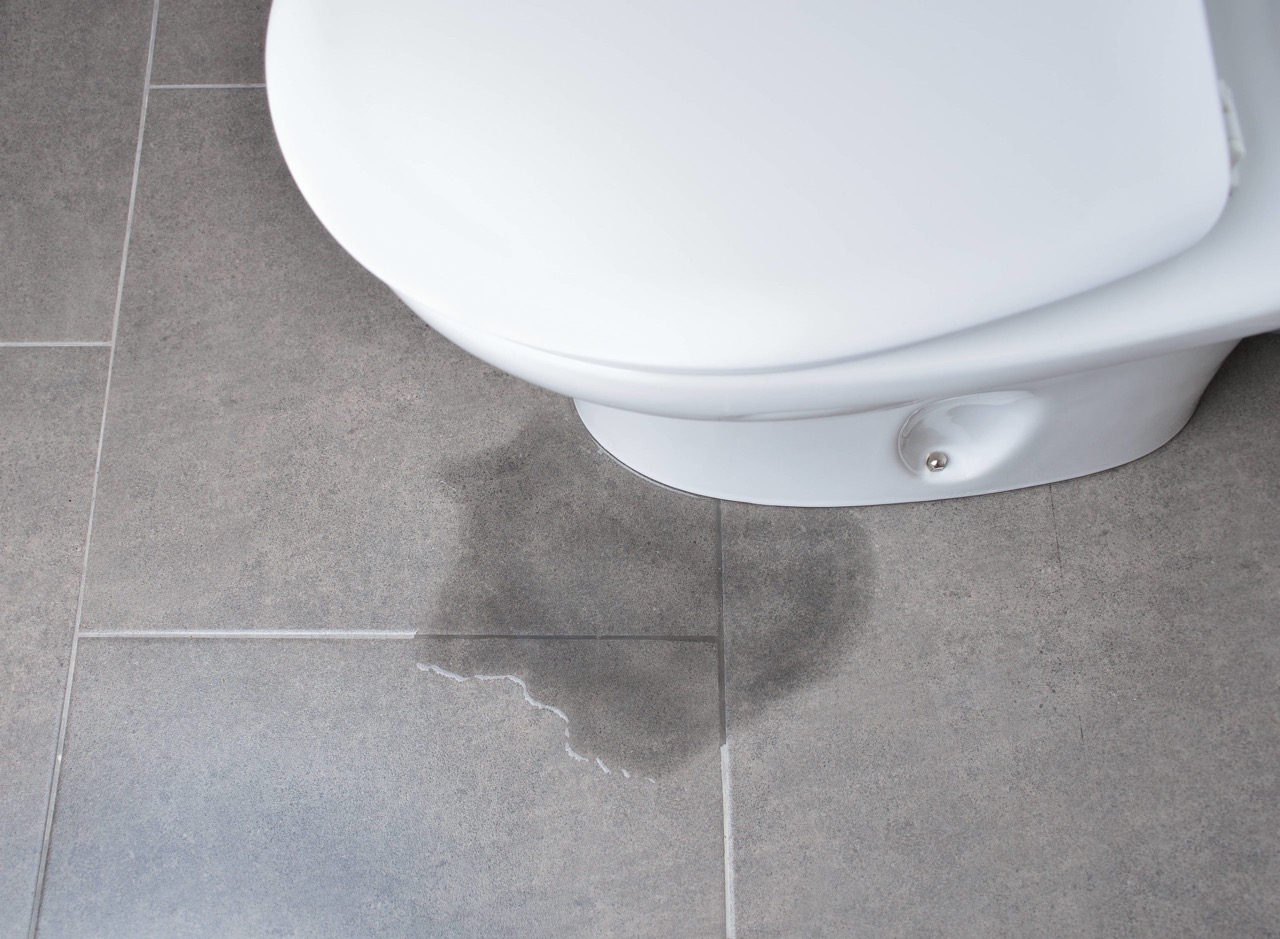
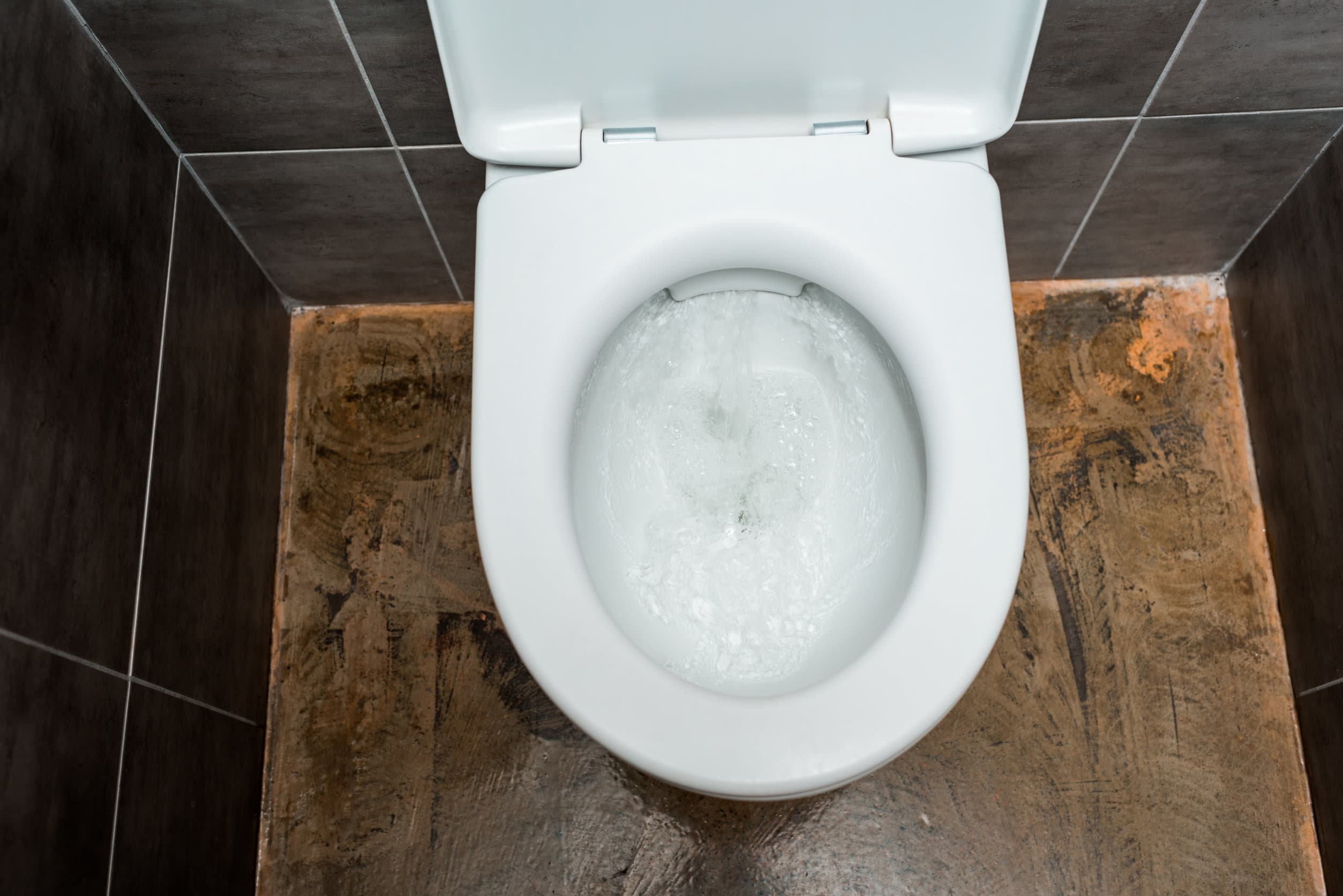
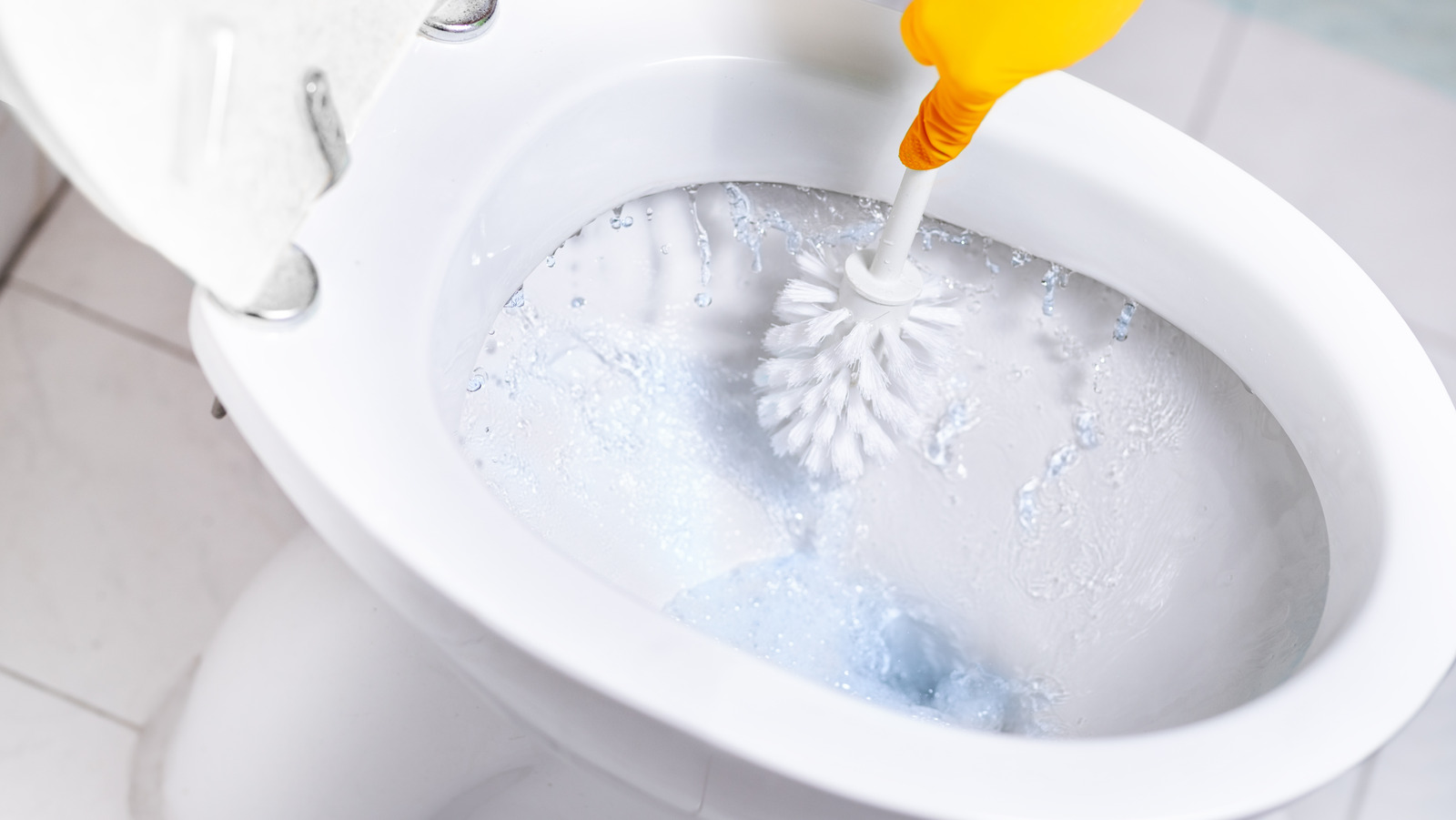
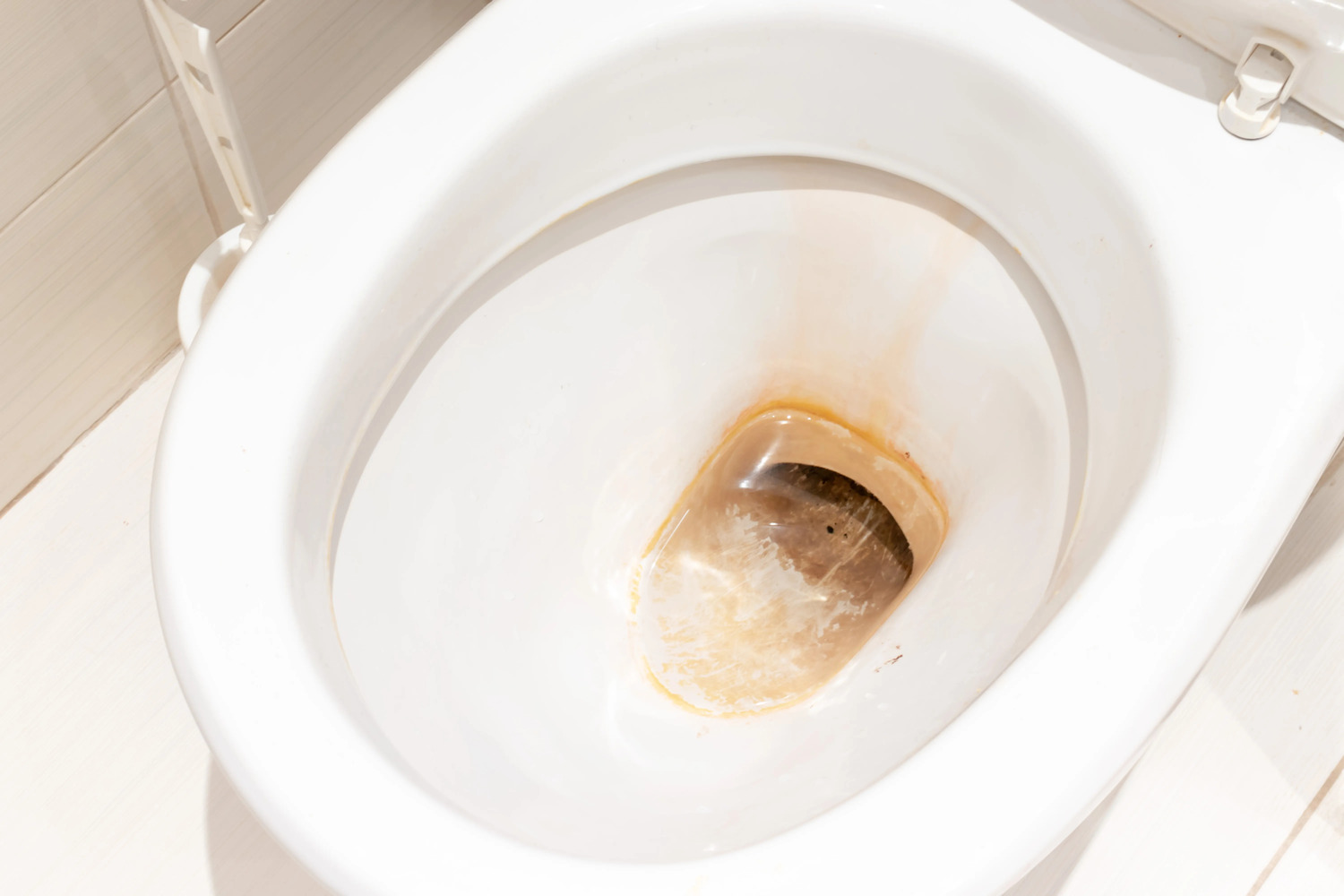
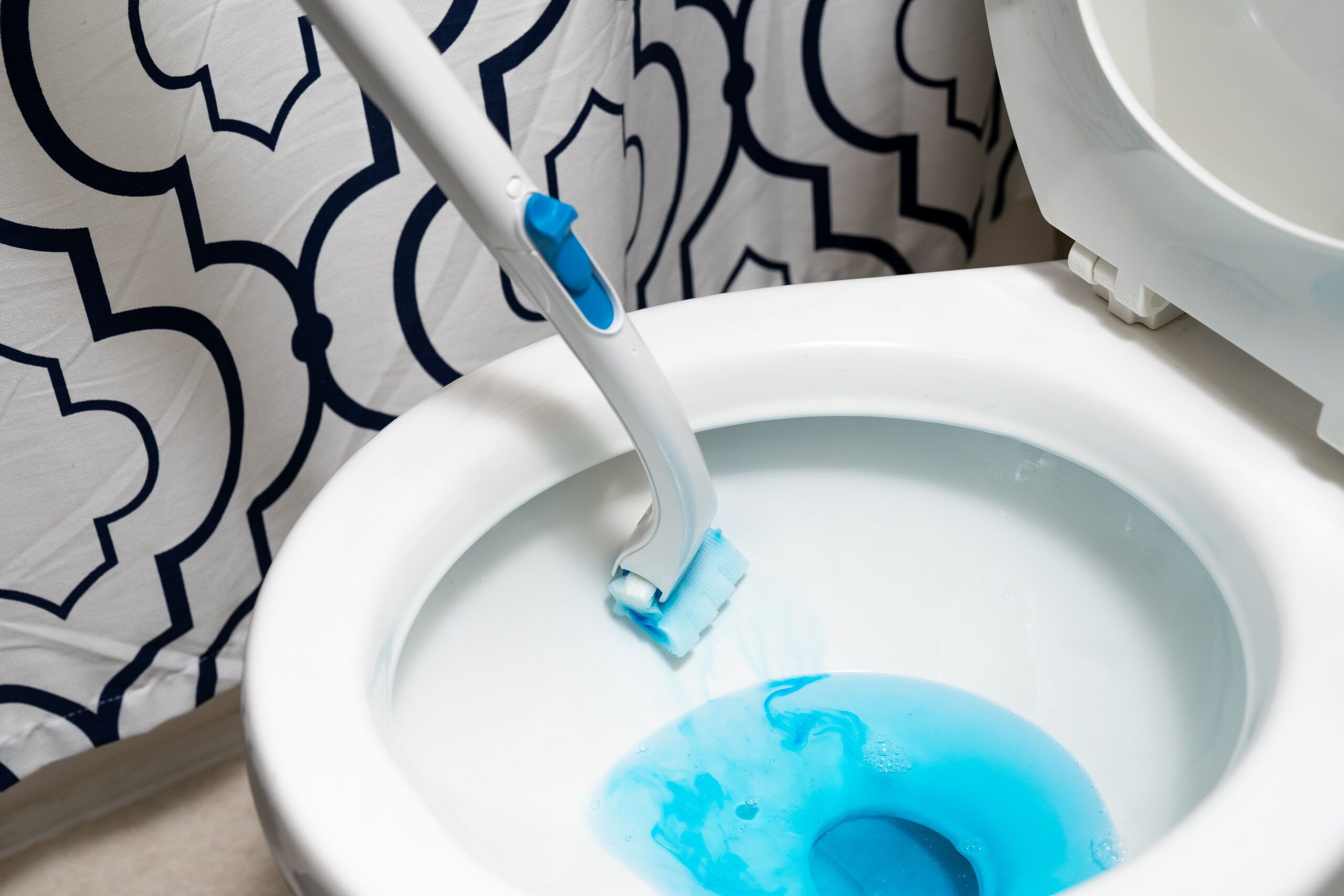
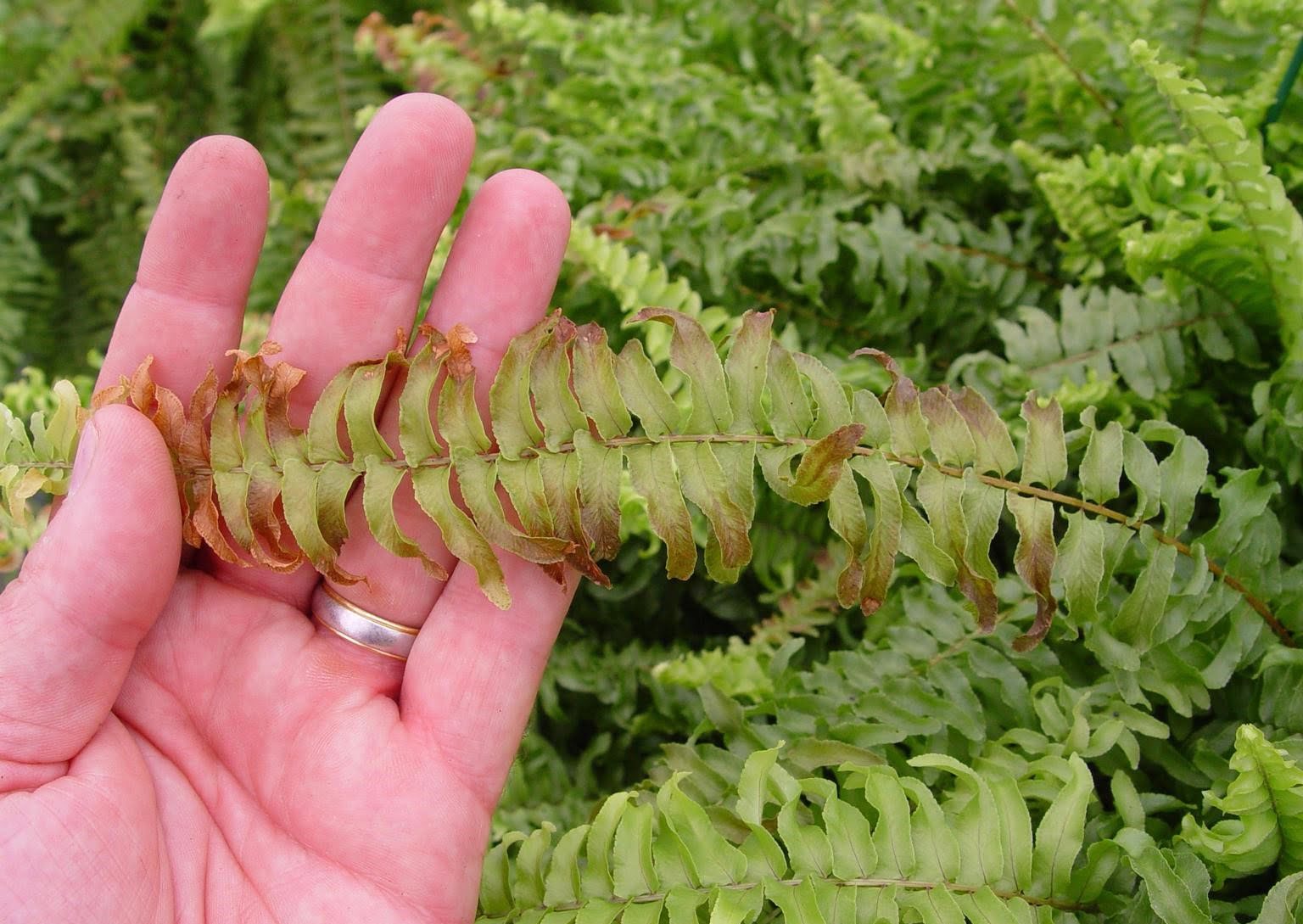
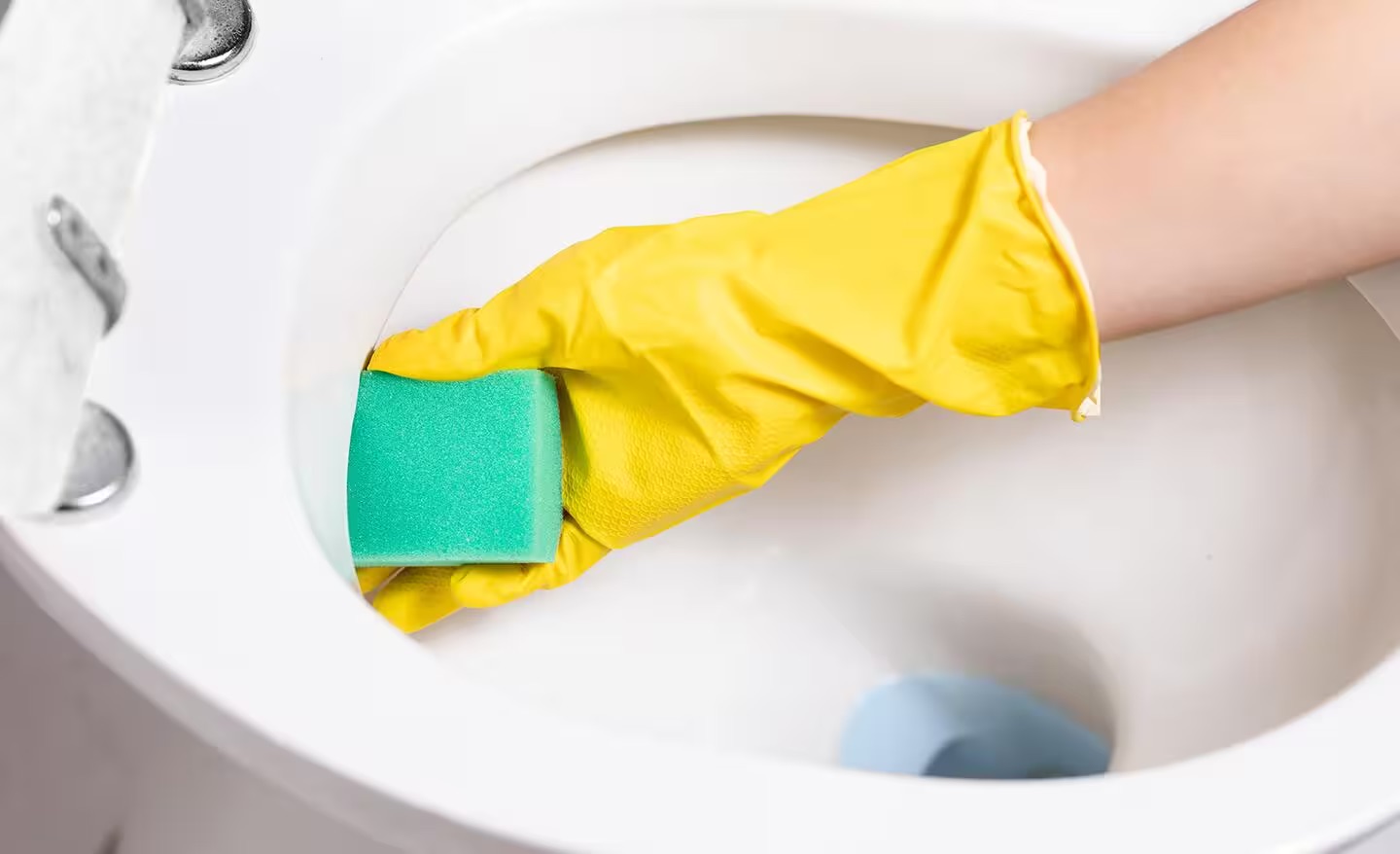
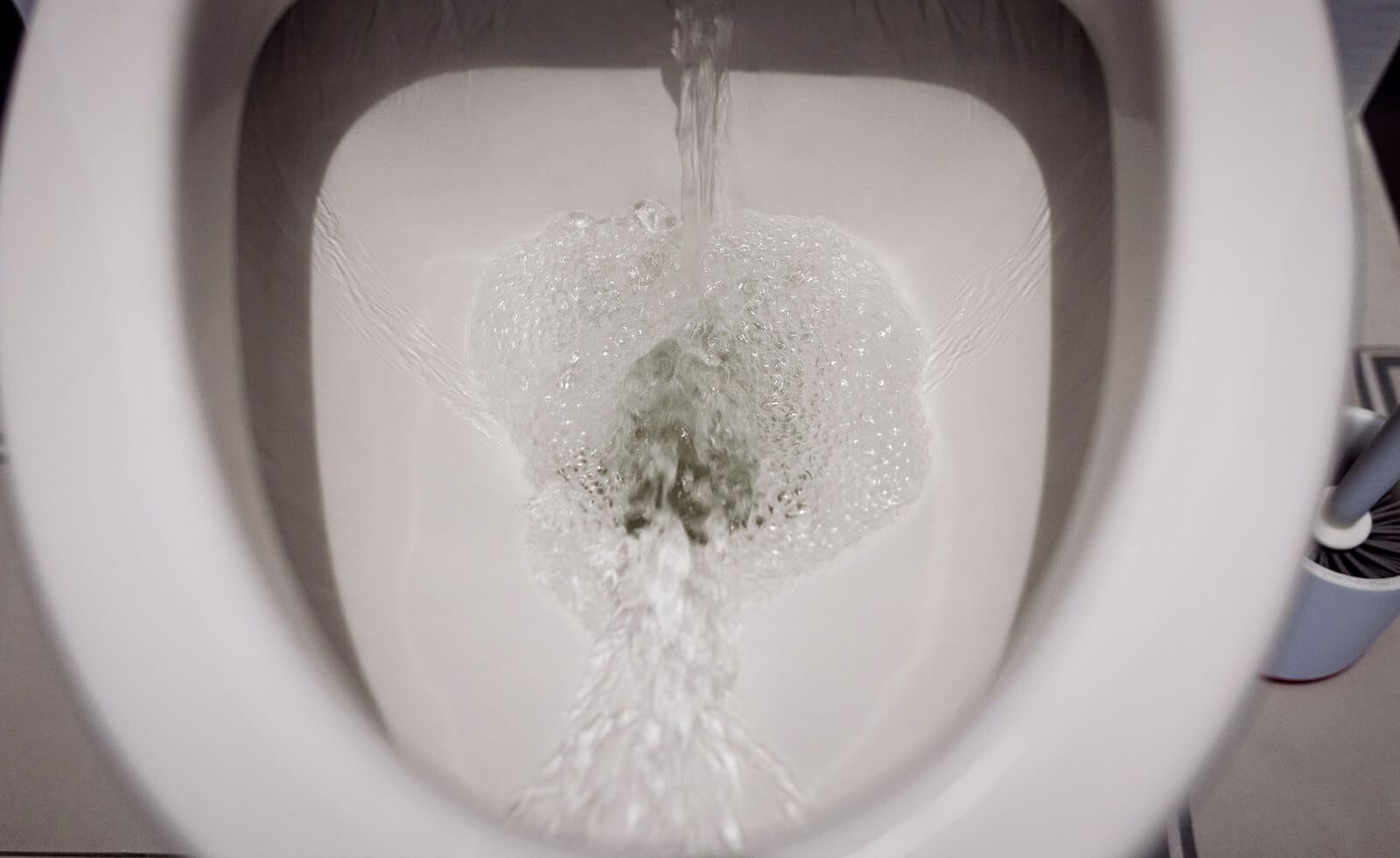
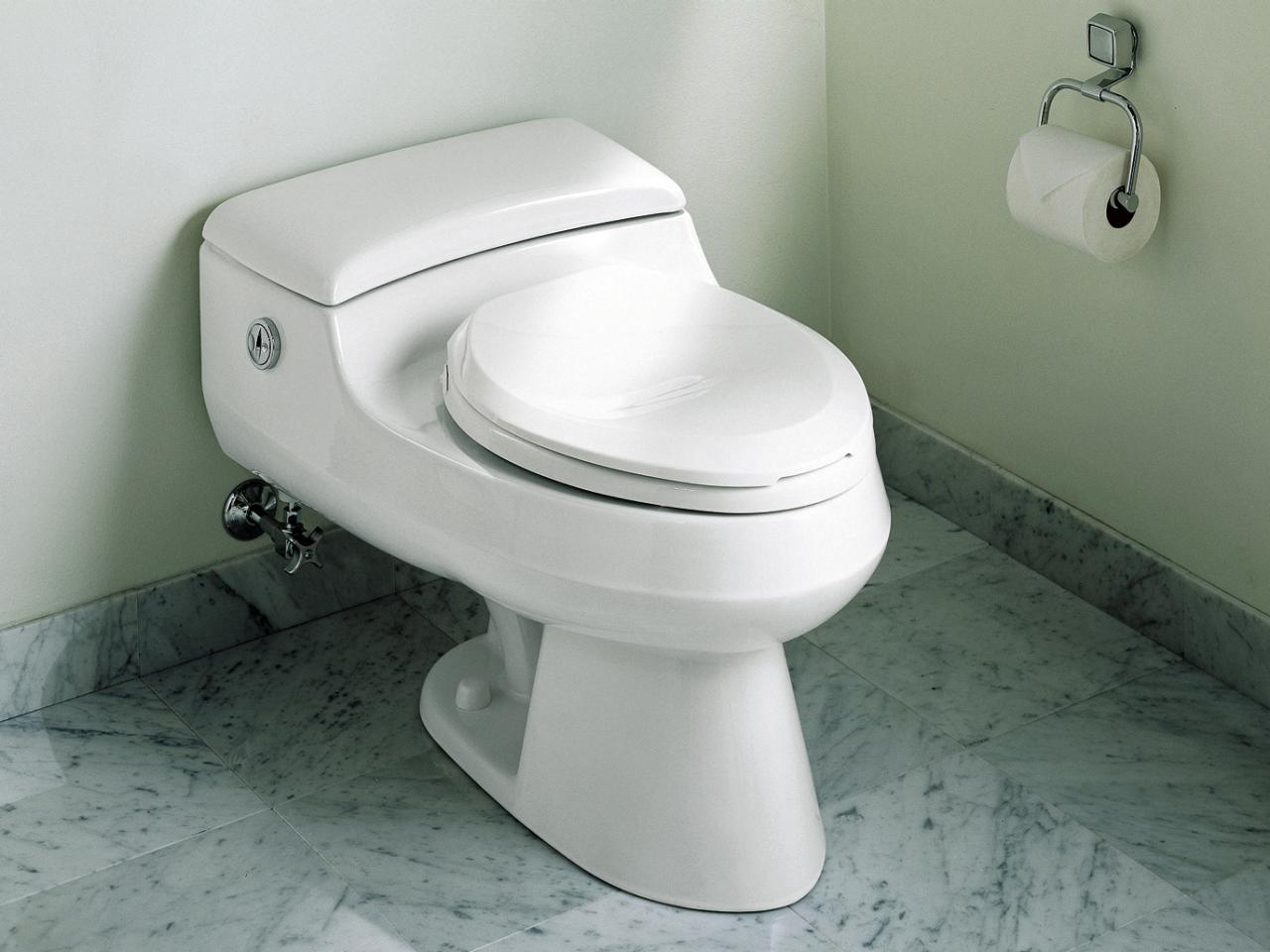
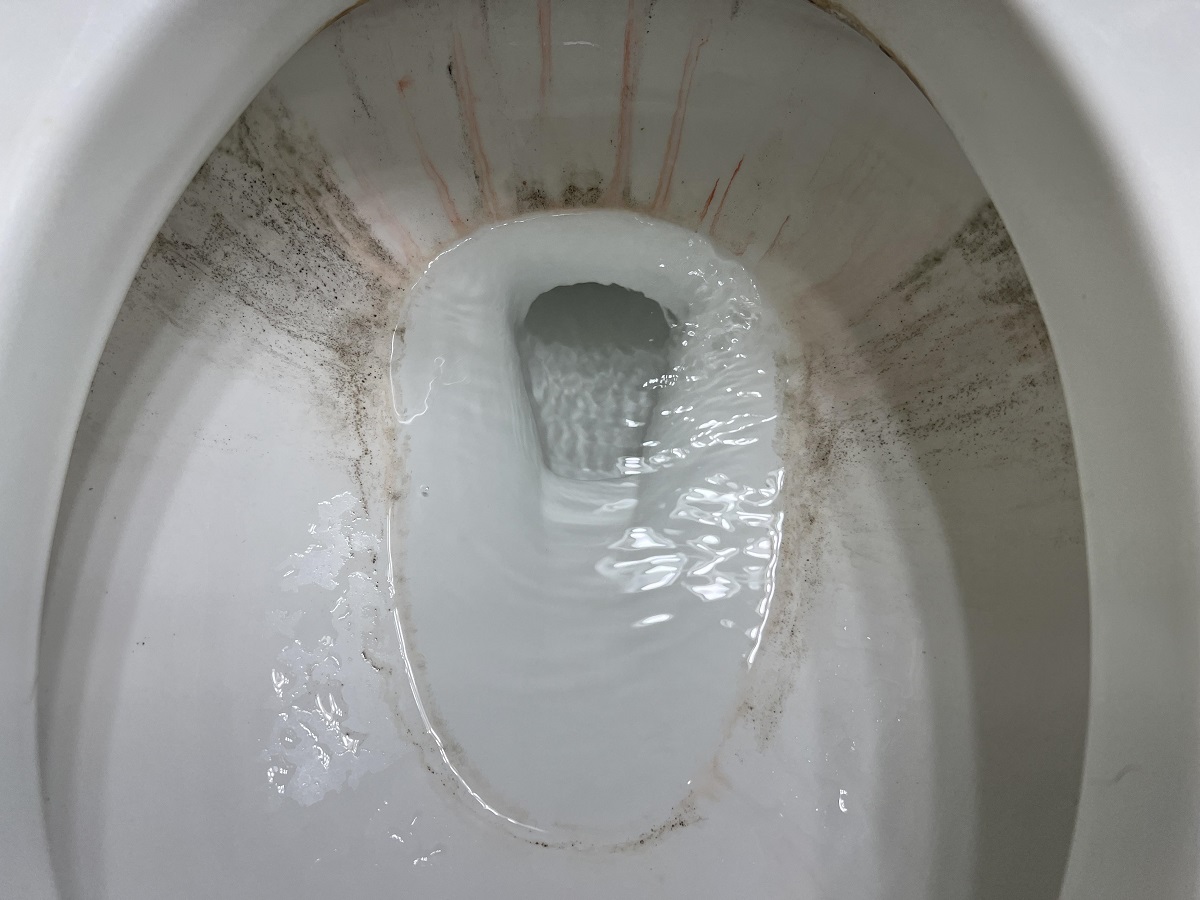
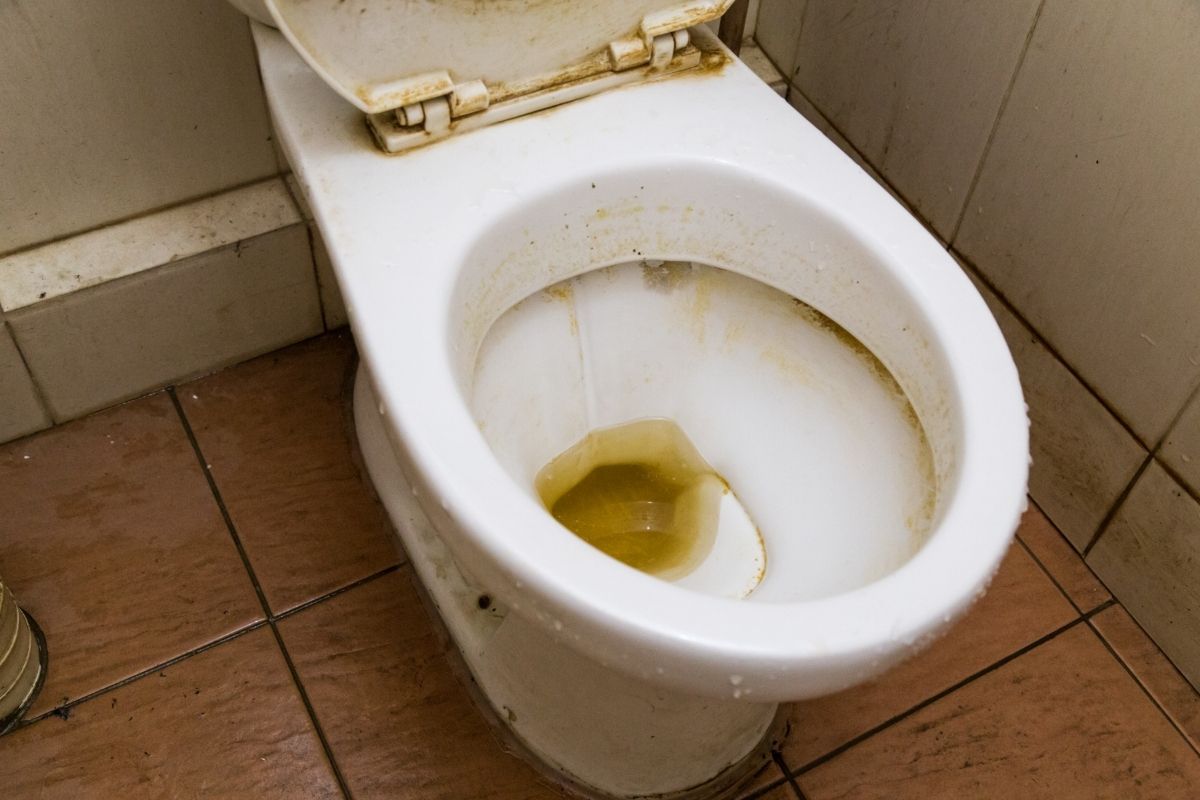
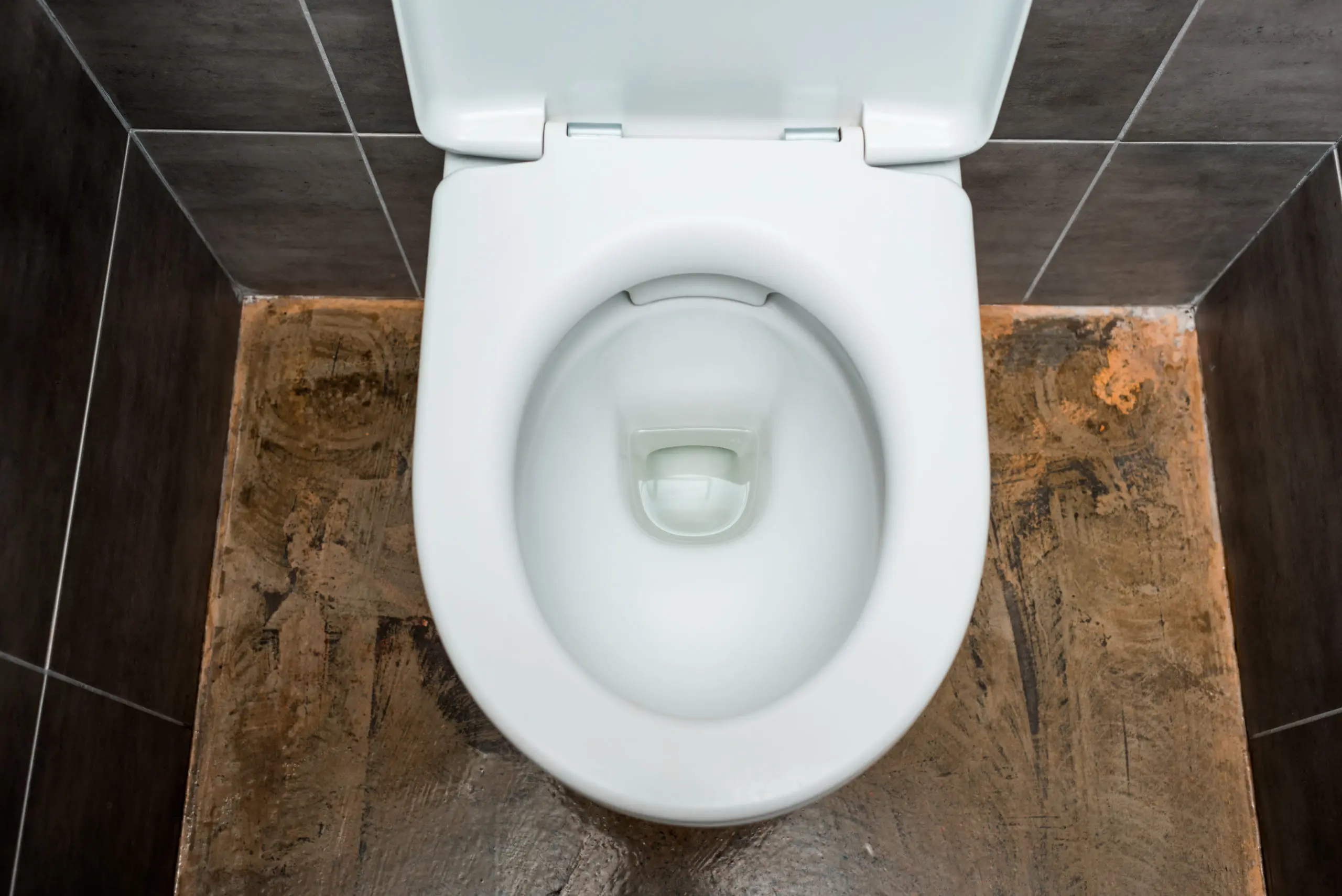

0 thoughts on “Why Does Toilet Bowl Turn Brown”